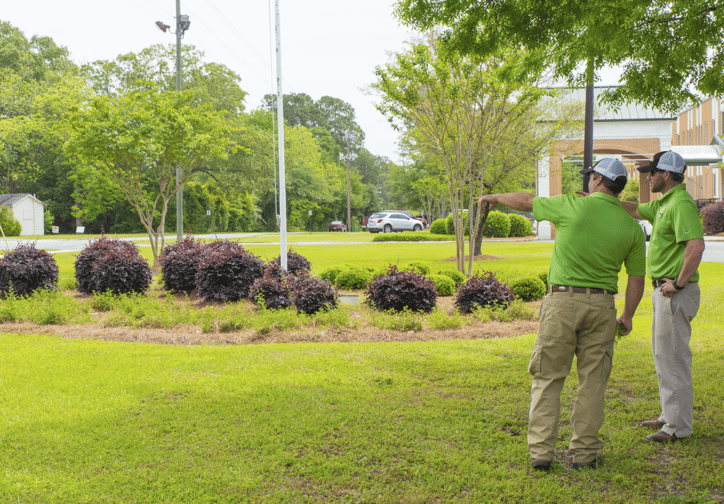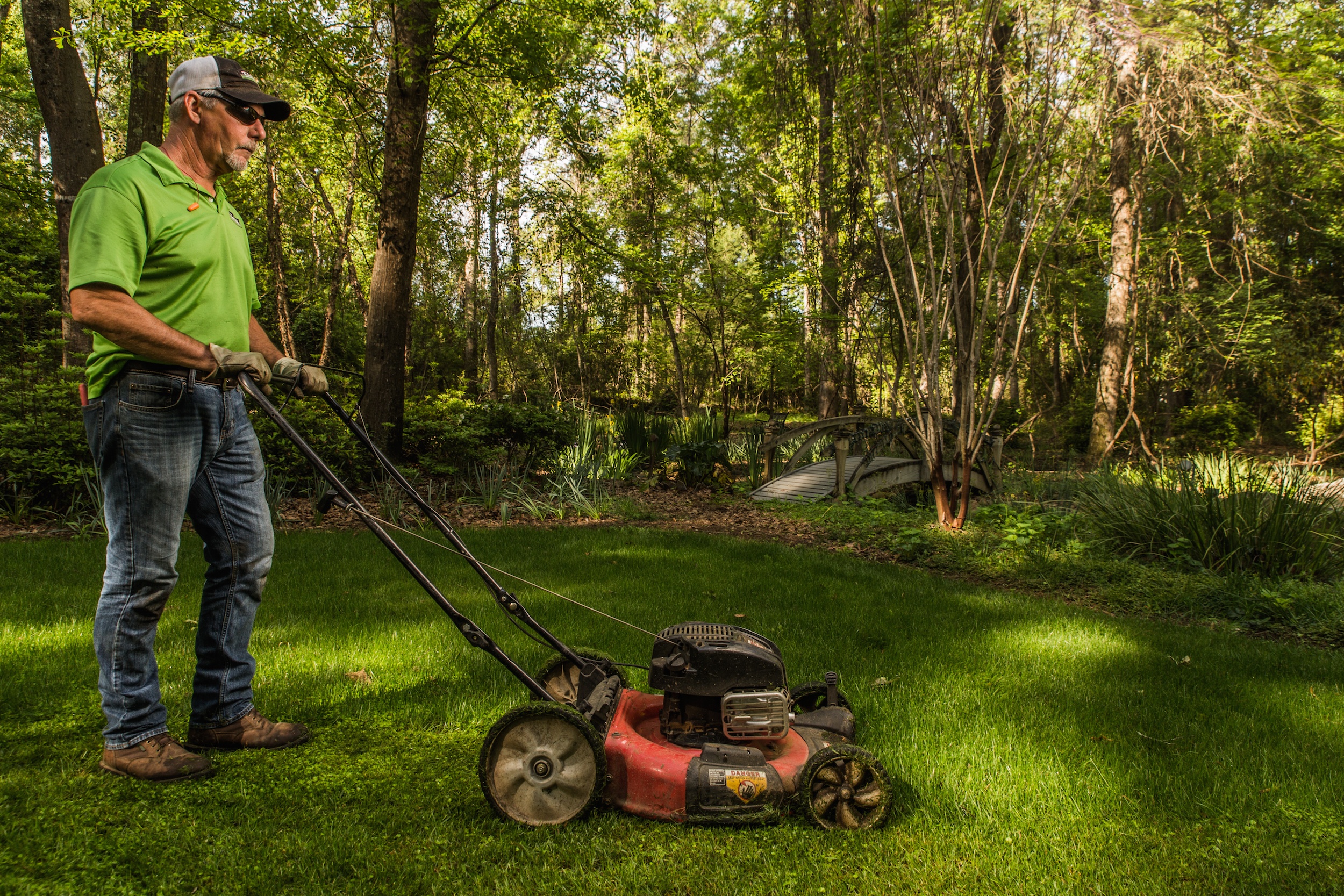Here’s a question that comes up a lot: “Will my landscape project qualify as a capital improvement?”
Whether the improvements are made to a home or business, all capital improvement projects are tax deductible. However, repair and maintenance projects are not. For larger projects especially, it’s a good idea to determine in advance whether or not a landscape project is a capital improvement.

Capital Improvement Vs Maintenance: What’s The Difference?
First of all, let me assure you I am no expert on tax law. So if you need an absolutely definitive answer I highly suggest consulting your accountant or tax attorney. That said, here are a few guidelines to help you decide which category your project falls into.
In general, a capital improvement will have the following characteristics:
- It adds substantially to the value of the property, and/or prolongs its useful life
- It is intended to be a permanent addition to the property
- It becomes part of the property such that its removal would cause significant damage to the property (not just the installation)
In contrast, repairs and maintenance constitute work done to return something to a desired or serviceable state.
Simply stated, capital improvement adds to the value in a significant way, whereas repairs and maintenance preserve existing value.
Much of the daily work done in the landscape industry falls under the repairs and maintenance category. This is largely because the green part of the landscape is dynamic and generally moves towards entropy, so regular maintenance—including ongoing mowing, pruning, weeding, minor hardscape repair, and monthly inspections and repair of lighting and irrigation installations—is needed simply to maintain a consistent quality of the landscape.

However, we certainly do our share of capital improvement work as well. Here are some examples:
4 Popular Landscape Capital Improvement Projects
- Hardscape additions. A hardscape addition will almost always qualify as a capital expense. To go into areas where employees congregate but there is no gathering space, or to take a building entrance that is mundane and gray and unwelcoming and design a vibrant hardscape that reinforces the image of a business, facilitates a welcoming presence, and/or brings energy and life to a gathering space with a permanent structure that can be expected to last for decades, clearly fulfills all aspects of the capital expense definition. However, you still have to be careful: pulling out an old hardscape and replacing it with one that is similar in scope could fall under the definition of repair.
- Landscape lighting. Not all landscape lighting work will qualify as capital improvement, but if it is large enough in scale it certainly can. For example, a new lighting installation that significantly improves safety and security on the property, or a complete replacement and significant upgrade of outdated lighting for a parking lot or entryway with modern LED fixtures that reduce energy and maintenance costs. You’d want to check with your tax expert, but it’s possible that even a large scale architectural lighting project could qualify.
- Irrigation. This is one area where deciding whether a project is a capital improvement vs. maintenance and repair is determined by the scope and scale of what you do. Certainly adding a new irrigation system to a previously unirrigated area qualifies as a capital improvement. Replacing an older system could potentially as well, if it is enough of an upgrade. We’ve seen many bad installs that have managed to make it two decades or more but could benefit from a complete overhaul, rerouting of water, and serious upgrades to more efficient sprinkler heads and smart controls for serious water and energy efficiency improvements. Again, check with your tax expert.
- Total landscape overhaul. Do you have a boring, flat landscape that was not designed by people with vision of any type? Turning it from a flat gray lifeless plain to something worthy of a magazine cover and brimming with the classic elements of design will definitely raise the value of your property for the long haul. A landscape overhaul can include anything from a major tree planting to sculpting the site for more aesthetic value to addressing drainage problems, amongst other possibilities.
The bottom line is, as usual, the bottom line. A capital improvement project is an investment that is intended to bring ROI. If this is something your feel your property is ripe for, let’s talk about how to get you the best return possible for your investment in the landscape. Reach out to us at 478-272-3878 or contact us here online to learn more.
1 Oct 2024



